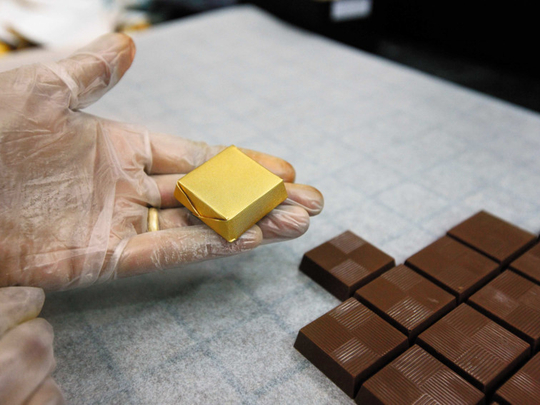
You’ve heard a Class D amplifier, even if you haven’t heard of one. That’s the audio amplifier on your phone, in your TV, in that home-theatre box, and anywhere else you need a lightweight, efficient way to boost a music signal.
Class D amplifiers operate on a principle called pulse width modulation. They’re highly efficient, and if designed well, extremely detailed, clear, and with excellent bass. However, audiophiles have traditionally hated them because they aren’t as good with higher frequencies, mainly because they need heavy filtration to remove high-frequency switching noise. The common complaint is that they sound “cold” or “clinical” or “soulless”.
I recently had a high quality Class D amplifier at home for a trial. If you knew nothing about audio and heard that amp, you’d probably be astounded at how good it sounded. You’d hear details of your favourite songs you’d never heard before. You’d have loved how tight and deep the bass was. And when you heard that both my wife and I didn’t like it, you’d think we were the most awful snobs.
But if I was to connect a good Class AB amplifier (this the most common kind of bigger amp), you’d probably see what we were talking about. There’s an organic quality and a sense of magic in the spaces between the notes that’s missing in the Class D design. It was an excellent illustration of how a product could be technically excellent, but not engaging. People who like Italian cars and American motorcycles often say the same thing about Japanese vehicles. (Or indeed, Italian motorcycles and American cars.)
Hunt for emotion and character
This hunt for emotion and character means that many audiophiles use vacuum-tube amplifiers, which are still being made by innumerable brands. New old stock Soviet tubes are highly sought after, and considered the best-sounding. I live near a dealer who is known across the US for sourcing vacuum tubes from some of the most remote parts of the world — on his website is mention of a stash that he found in a warehouse in Serbia where they’d been stored for 50 years.
You’d think that playing music back in a clean, clear, detailed way would allow the amplifier to step back and let the emotion of the music through. You wouldn’t have thought that in 2018, we’d have to resort to a technology that was used in 1950s computers to get a fullness to reproduced music that allows us to feel it as well as hear it.
But then digital technologies that cater to the senses have shown again and again that designers and marketers heavily underestimate what we’re capable of perceiving. Remember when DVDs came out and we thought they looked pretty good? If you’ve been watching high-definition movies, have you gone back to a DVD recently and seen how awful they look? And as this digital material gets better, I feel that we actually get more sensitive and critical. Think about CGI humans versus drawn animated ones. A cartoonish human is easy enough to relate to, but as the character gets more realistic, we start to get acutely sensitive to minor clues, and find CGI humans creepy and unsettling.
It’s going to be an interesting time I think, as both audio and video start to push up against our actual “eye resolution” and “ear resolution”. I don’t think it’s only the obsessive nerds who’ll have a problem. It was my wife — the non-audiophile in the house — who delivered the damning judgement of that amplifier. While I was admiring its detail, she turned to me and said, “It sounds great, but it doesn’t touch the heart.”
Gautam Raja is a freelance journalist based in Los Angeles, US.










